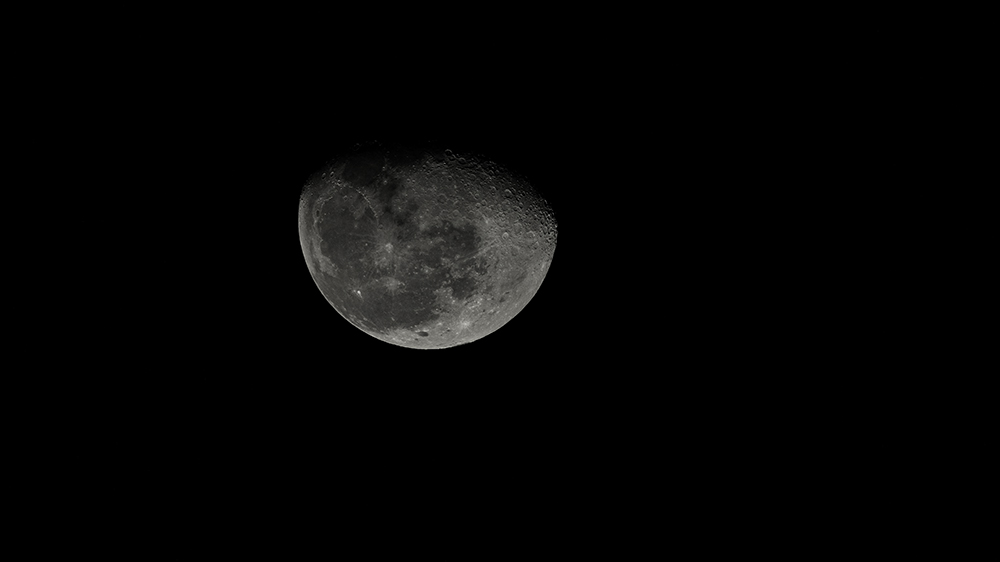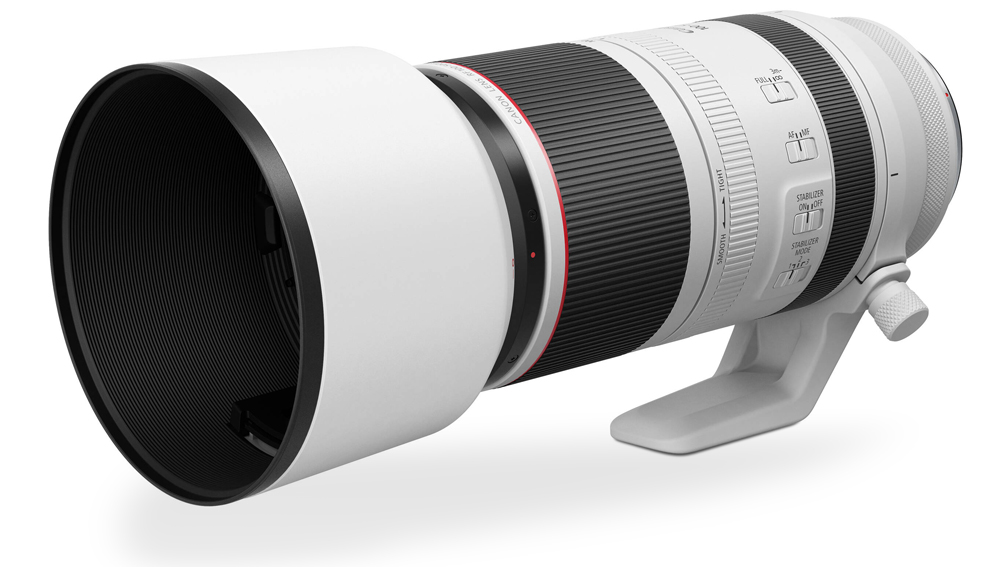Super Telephoto Lens
Review by Fernando Santos
When I first heard about this Canon lens, I wished it had been an f/4–f/5.6, because there was no way I was going to pay that much for an F4.5–F7.1 lens; however, I decided to try this RF100-500mm F4.5-7.1 L IS USM anyway. I’m glad that I did, because this lens is something to be experienced.
Let’s start with the basics. The Canon RF100–500mm F4.5–7.1 L IS USM is an L series lens, meaning it’s dust and weather resistant, built to Canon’s highest standards. It feels solid and, at approximately 3 lbs.(1365g), it also feels heavy if you have to handhold it an entire day. Add the ring-type tripod mount, and that’s another 0.3 lbs. (160g). Size and weight wise, it’s just a little heavier, a little longer, and a little wider than the Canon EF70–200mm F2.8 L IS lens. Also, this new lens zooms externally, meaning it gets longer as you zoom in.
Filter size diameter is 77mm, which is probably common with many other lenses you have, and that’s convenient because you can use existing filters and lens caps. You’ll find the typical RF control ring near the camera body, the electronic focusing ring next and, before the large zoom ring, there’s a zoom friction ring that controls zooming tightness.
One thing that will surprise you is how great the IS (Image Stabilization) on this lens works together with your Canon EOS R3/R5/R6 IBIS (in-body image stabilization). Picture this: You’ll be able to handhold a shot at 500mm (or even at 1000mm if you’re using the Canon RF2x extender) and still get a sharp shot of the full moon. As expected, you have three different stabilization modes that you can turn off if not needed.
This is a great lens for wildlife, for sports, and whenever you need a long reach and fast focus. It’s also a great lens for landscapes when you want to isolate a particular area that’s far away. You’ll be surprised by how close it can focus: at 100mm, your minimum focusing distance is 2.95′ (0.9m), at 300 mm it’s 3.28′ (1m), and at 500mm it’s still just 3.94′ (1.2m). Even though that doesn’t make it a macro lens, you can get really nice closeups with it.

If you’re curious about how the minimum aperture varies with focal distance, let me help you with that. For 100, 135, 200, 300, 400, and 500mm, the minimum aperture values you can use are, respectively, f/4.5, f/4.5, f/5.0, f/5.6, f/6.3, and f/7.1.
But not everything is perfect: If you’re considering adding the Canon RF1.4x or the RF2x extender to increase the lens focal range, you must know that those will only work from 300mm upward. To attach the extender, you’ll first need to zoom out the lens to 300mm or more, then attach the extender to the lens, and finally attach it to your camera. With the extender mounted, you won’t be able to collapse the lens shorter than 300mm. I tested with the Canon RF2x, and the combination works great. You end up with the equivalent of a 600–1000mm F11–14 (or a 420–700mm F8–10 if using the Canon RF1.4x). Images are still super sharp and the IS still works amazingly well.
One thing that has scared many people is that the internal lens elements don’t lock when the camera/lens is off. They hear a rattling sound, then they look at the lens, see an element bouncing inside the lens, and believe that something is broken. It is normal; don’t freak out!
The lens comes with a nice soft case (not a pouch) as well as a lens hood that has a sliding side window that gives you access to a circular polarizer in case you’re using one.
If you’re not sure that the Canon RF100-500mm F4.5-7.1 L IS USM is the lens for you, I suggest you rent it and give it a try. But be warned: after you try it, you’ll probably want to buy one! ■






